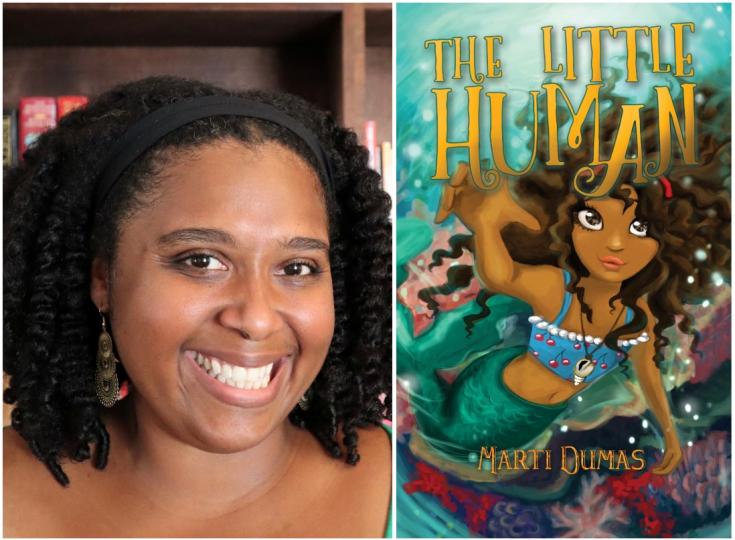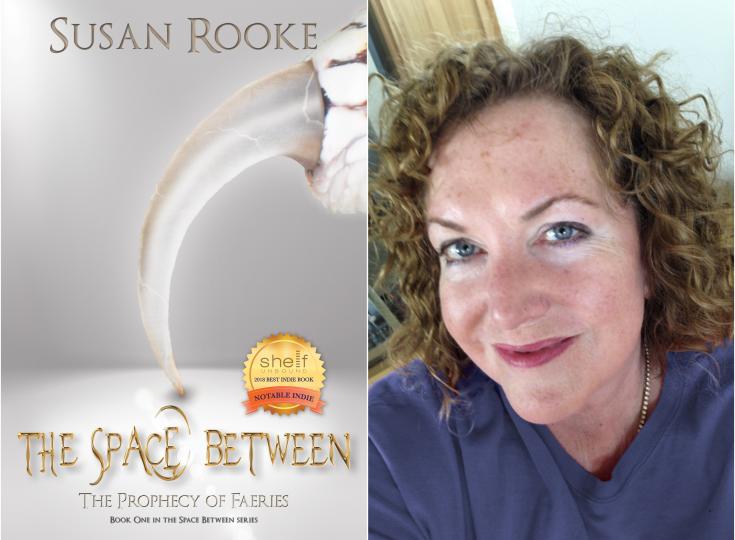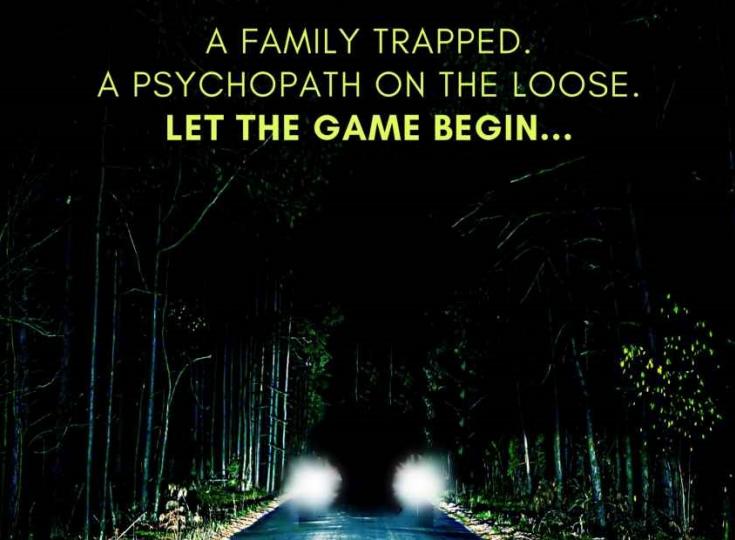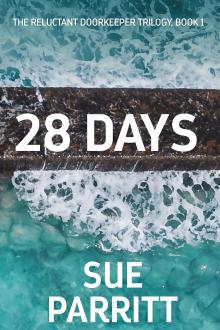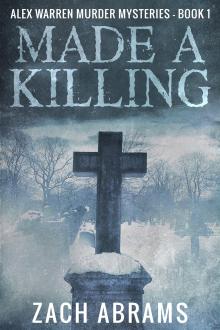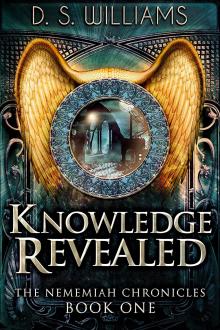Colin Mustful - Bringing History to Life

Colin Mustful is a Minnesota author and historian whose work focusses on the complicated and tumultuous time period when land was exchanged between Native and American hands. Using elements of fiction and nonfiction, Mustful's work relies on real historical figures and documentation while creating compelling narratives that bring history to life. As our Author of the Day, Mustful tells us all about his book, Resisting Removal.
Please give us a short introduction to what Resisting Removal is about.
In the early winter of 1850, four hundred Ojibwe perished at Sandy Lake, Minnesota, because of the negligence and ill-intents of U.S. government officials. Based on real correspondence from the time period, Resisting Removal tells the story of the Ojibwe people's perseverance to resist the illegal removal efforts of the U.S. government and earn permanent reservation homes in their homeland.
What inspired you to write about the Sandy Lake Tragedy?
As a Minnesota historian, I am quite interested in the U.S. - Dakota War of 1862, a tragic event that resulted in the hanging of thirty-eight Dakota men in Mankato, Minnesota on December 26, 1862. After many years of study about the U.S. - Dakota War, I was shocked and saddened to learn about the Sandy Lake Tragedy of 1850, an event that left four hundred Ojibwe dead in northern Minnesota. It's an unfortunate, but important part of our history, and I want to create awareness around the truth of our past. Hopefully, knowledge about the inequities of the past will lead to a more equitable, just, and prosperous future.

Your novel also exposes the corruption and negligence of the Indian System. Why did you find this important to do?
It's shocking to read the correspondence from the time period. Native peoples were dehumanized and the men who exploited them were never held accountable. I don't wish to pull them from the context in which they lived, but I do think it is important to acknowledge and understand the viewpoints of the past in order to avoid the same mistakes while constantly reexamining who we are and how we treat each other.
How much research did this book require from you? What was the most interesting aspect of this research?
The novel required a vast amount of research. Luckily, I was able to rely on the work of Bruce White, a historian who wrote a thoroughly cited essay for the Supreme Court in 1999 in a case between the Mille Lacs Band of Ojibwe and the State of Minnesota. The essay is titled, The Regional Context of the Removal Order of 1850, and it adequately summarized the time period on which my book focuses. This essay pointed me to correspondences and reports that were quite revealing written between traders, missionaries, and government officials. I was able to locate the original document in the Manuscript Collections of the Minnesota Historical Society. I also relied heavily on the memoir of Benjamin Armstrong, a white trader and store clerk from Alabama who moved to La Pointe in the 1840s and married into the Ojibwe community. He acts as the main character of my novel. Finally, for knowledge about Ojibwe history and culture, I relied on the work of Ojibwe historian William Warren, who recorded the oral tradition of the Ojibwe people. His work was published posthumously in a book titled, History of the Ojibway Nation.
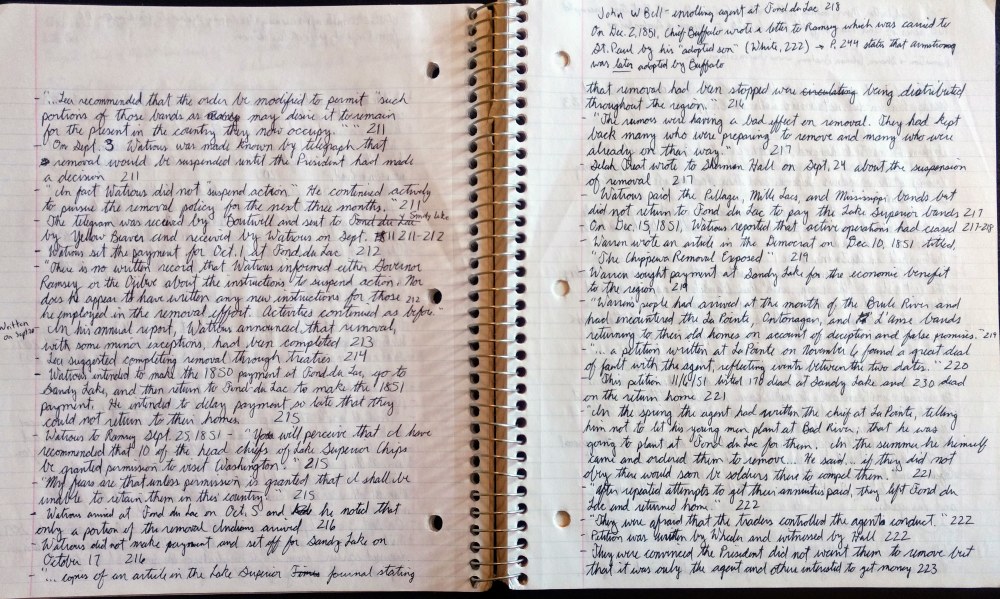
Why did you title this book "Resisting Removal"?
First, because the story is about the Ojibwe people's efforts to consistent resist the removal efforts and policy of the U.S. government. Also, because of the alliteration.
Besides writing, what other secret skills do you have?
I am an amazing soccer player, a marathon runner, and I've worked in the pizza industry for almost twenty years.

Please tell us more about the cover and how it came about.
The cover is the work of Ryan Scheife of Mayfly Design in Minneapolis. Working with Ryan was a wonderful experience and I gave him a lot of creative freedom when creating the cover. He came up with the central image and we collaborated on the idea to place a transparent map of the region in the background. As for the colors and font, Ryan deserves all the credit. I highly recommend working with Mayfly Design. You can find him online here: http://mayflydesign.com/.
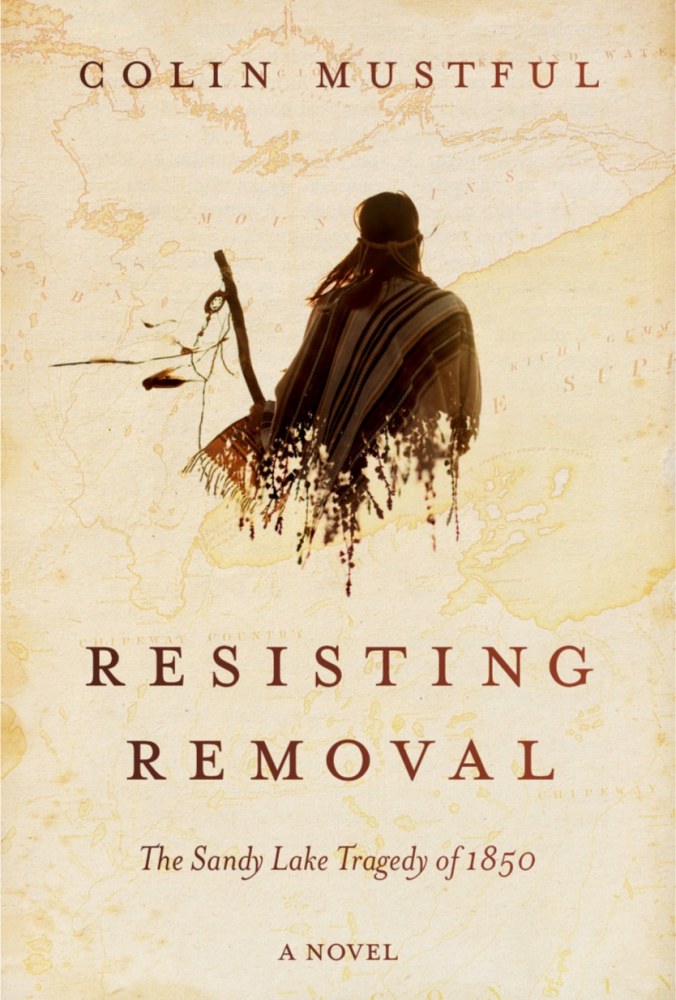
Why historical fiction? What drew you to the genre?
Interestingly, I'm not much of a fiction reader. However, I understand that fiction appeals to a wider audience of people than nonfiction. The history I write about is very important, but not very well-known. Plenty of nonfiction texts exist regarding this history, but most people simply are not interested in bland, nonfiction text. I wanted to reach readers that otherwise would not be interested in history. In order to do that, I had to write fiction, but I did it in such a way that still maintains integrity for the historical process. I consider myself a historian first and a fiction writer second.
What advice would you give to your younger self?
There is really no advice I could give myself. Writing and the publishing process is a learning experience. It's long and filled with failures and mistakes, but it's the only way to learn and grow. If I gave myself any advice I would say, be kind to yourself and patient.
What is the hardest thing about being a writer?
For me, the hardest part of being a writer is understanding the human experience. Fiction is about creating a meaning, emotional response in your readers. In order to do that, the writer needs to create relatable, realistic, and nuanced characters that experience all the joys and sorrows of real people. I find it extremely challenging to convey to convey the emotional and psychological depth of real people in a way that elicits a meaningful response.
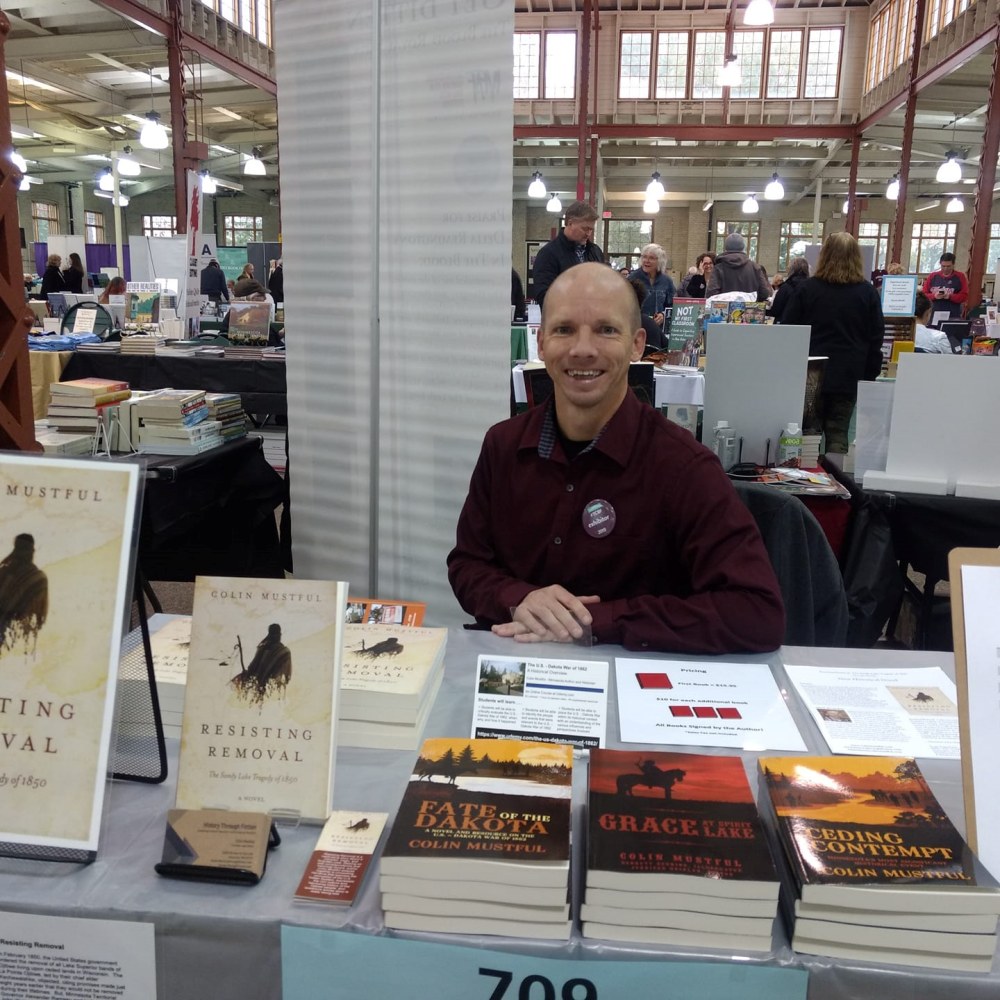
Which famous person, living or dead would you like to meet and why?
Kirby Puckett. He was my childhood hero.
Do you have any interesting writing habits? What is an average writing day like for you?
My writing life is as varied as my professional, family, and personal life. I work several jobs. I play sports. I travel. I write when it suits me knowing that the process is long, but understanding that dedication and persistence are key. As long as I'm spending time each day (or most days) toward accomplishing my writing goals and tasks, then that is enough.
What are you working on right now?
I am challenging myself to write a story that relies more on character development and less on history. It's an alternative history that reimagines the U.S. - Dakota War of 1862, as if the Dakota joined forces with the Ojibwe and defeated U.S. forces. I hope to show readers, especially Minnesotans, the real impact of history, and how and why it is important to right the wrongs of those who came before us.
I've also recently launched my own publishing company called History Through Fiction. I am currently reviewing manuscripts and I have signed my first author to a contract. The author is Nancy Burkhalter and her book, The Education of Delhomme, tells the story of the famed French Pianist Frederic Chopin during the 1848 French worker's revolution. It is scheduled for release in the fall of 2020.
Where can our readers discover more of your work or interact with you?
Please look through my website at http://www.colinmustful.com. In addition to my novels, I have an active blog, links to my social media accounts including my YouTube channel, resources for teachers, and published essays. If readers subscribe to my website, they'll receive a free downloadable copy of my first novel, Fate of the Dakota: A Novel and Resource on the U.S. - Dakota War of 1862. Readers can also learn about my publishing company History Through Fiction at http://www.historythroughfiction.com.
